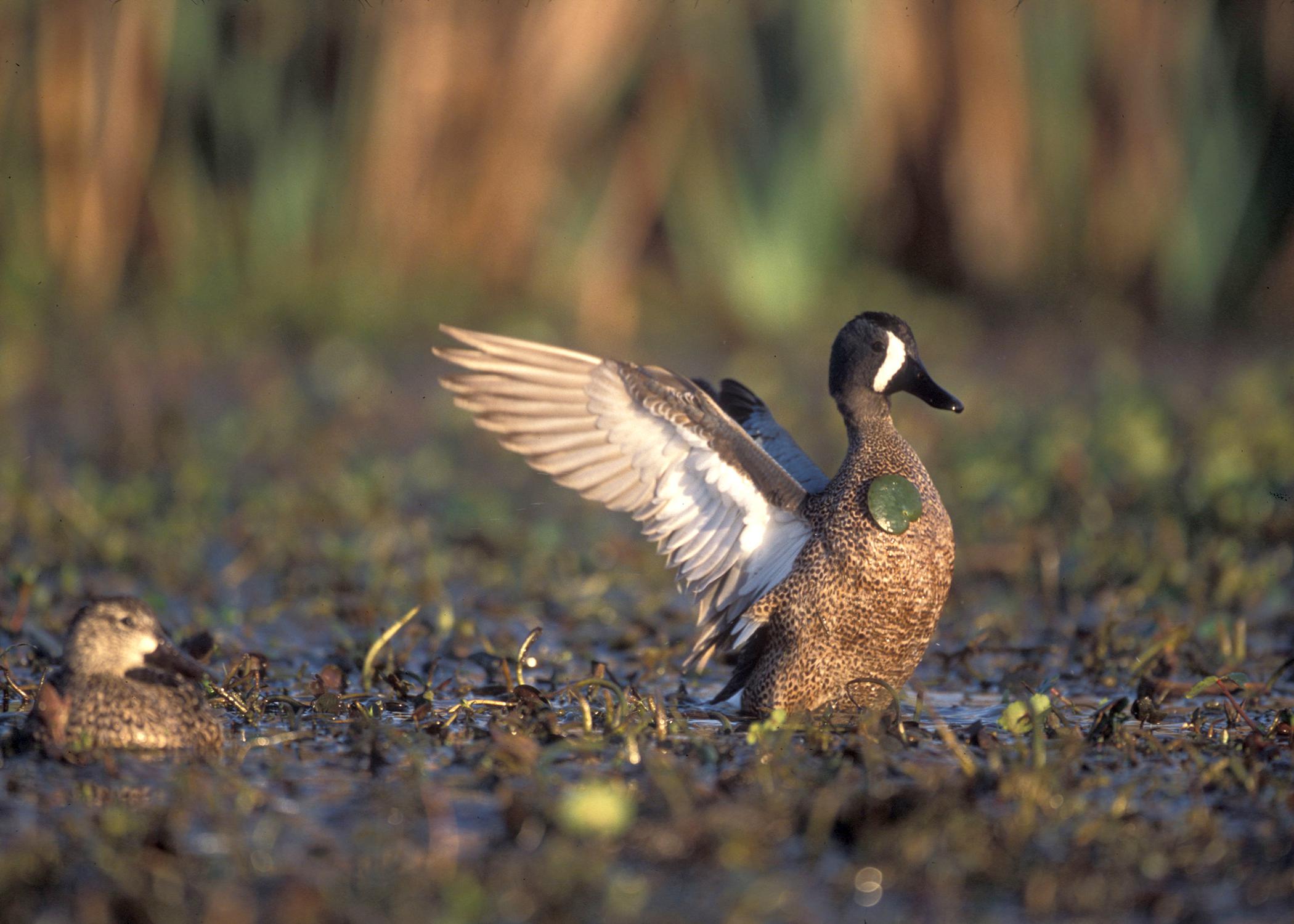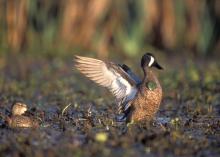Information Possibly Outdated
The information presented on this page was originally released on October 30, 2015. It may not be outdated, but please search our site for more current information. If you plan to quote or reference this information in a publication, please check with the Extension specialist or author before proceeding.
Cycles of life influence wildlife management
Ray Iglay, Certified Wildlife Biologist
MSU Department of Wildlife Fisheries and Aquaculture
STARKVILLE, Miss. -- As creatures of habit, our lives follow patterns.
We go to sleep at night, wake in the morning, get ready for work and run out the door. Throughout the year, school and work schedules, and even holiday seasons, structure our annual cycles of activities. Across decades, we may even mark life achievements, such as starting to crawl as an infant or achieving retirement.
Wild animals are creatures of habit, too. Although they don’t have family calendars or holiday seasons, their daily and annual activities follow patterns. Understanding these habits can help us better manage Mississippi’s valuable wildlife resources.
To talk about wildlife, let’s think like wildlife. Humans are complicated; wildlife, not so much. They are more misunderstood than complicated. We can remove emotion and simplify our day to eating, drinking and staying alive, and then simplify our year to surviving and reproducing, if biologically mature.
We also need to understand that successfully reproducing tends to be an animal’s lifetime goal. Something called “lifetime fitness” can be measured by the number of an animal’s offspring that reach maturity. For humans, that might be the number of children who moved out of the house. For animals, it’s offspring that reproduced or were recruited into the population. In the animal world, to achieve sexual maturity, you first need to survive day-to-day.
An animal’s daily activities, or circadian rhythms, entail simple things, such as finding food and shelter, possibly looking for a mate or defending territory. Animals tend to use similar areas across weeks and months, creating a home range or area of frequent use in which they can find their habitat essentials of food, shelter and water. As we look across a year, daily activities can be grouped by months or seasons, and annual patterns emerge. Biologists call these annual patterns “circannual rhythms.”
Duck migration is a great example of a circannual rhythm. Mallards and other waterfowl conduct a round-trip from the Mississippi Delta to the Prairie Pothole region of the northern Great Plains each year. Ducks enjoy a summer vacation of breeding and raising young, followed by layering fat reserves, changing their feathers (molting) and returning to the Delta the following fall. This circannual rhythm is an adaptation for breeding success and survival. The northern Great Plains tends to have fewer predators than the Delta, which is great for ducklings, but winter food is more abundant in the Delta.
Life cycles are all about stages. A bird hatches from an egg as a chick and grows to be a fledgling, at which point it leaves its nest and then matures to adulthood. A deer is born as a fawn, grows into a yearling and then becomes an adult.
Insects complicate life cycles by introducing two primary types of metamorphosis -- abrupt changes in their body structure and function. Butterflies, the poster children of complete metamorphosis, hatch from eggs as caterpillars, eat and grow fast, create cocoons to pupate and then emerge as adults. Stink bugs, dragonflies and some other insects, follow incomplete metamorphosis. Instead of creating a cocoon or pupae, they progressively mature into adulthood through stages called “instars.”
What does all this mean for wildlife management?
Wildlife biologists are trained to piece together life cycles, circadian and circannual rhythms, and species’ natural and life histories to better understand population dynamics and wildlife communities. Patterns of how animals of different life stages may interact, produce young, disperse and influence future population size begin to emerge within and across years, seasons or months. When wildlife management is done right, all of this information is considered before we recommend management approaches.
The complexity of wildlife demands dedication to sound management and careful consideration of management approaches within the context of the wildlife communities’ requirements for survival. Haphazard management without consideration of biological, ecological, sociological and ethical principles can only produce detrimental outcomes for the wildlife we love and enjoy in Mississippi.
Contact: Dr. Ray Iglay, 662-325-3498

Editor’s Note: Extension Outdoors is a column authored by several different experts in the Mississippi State University Extension Service.







